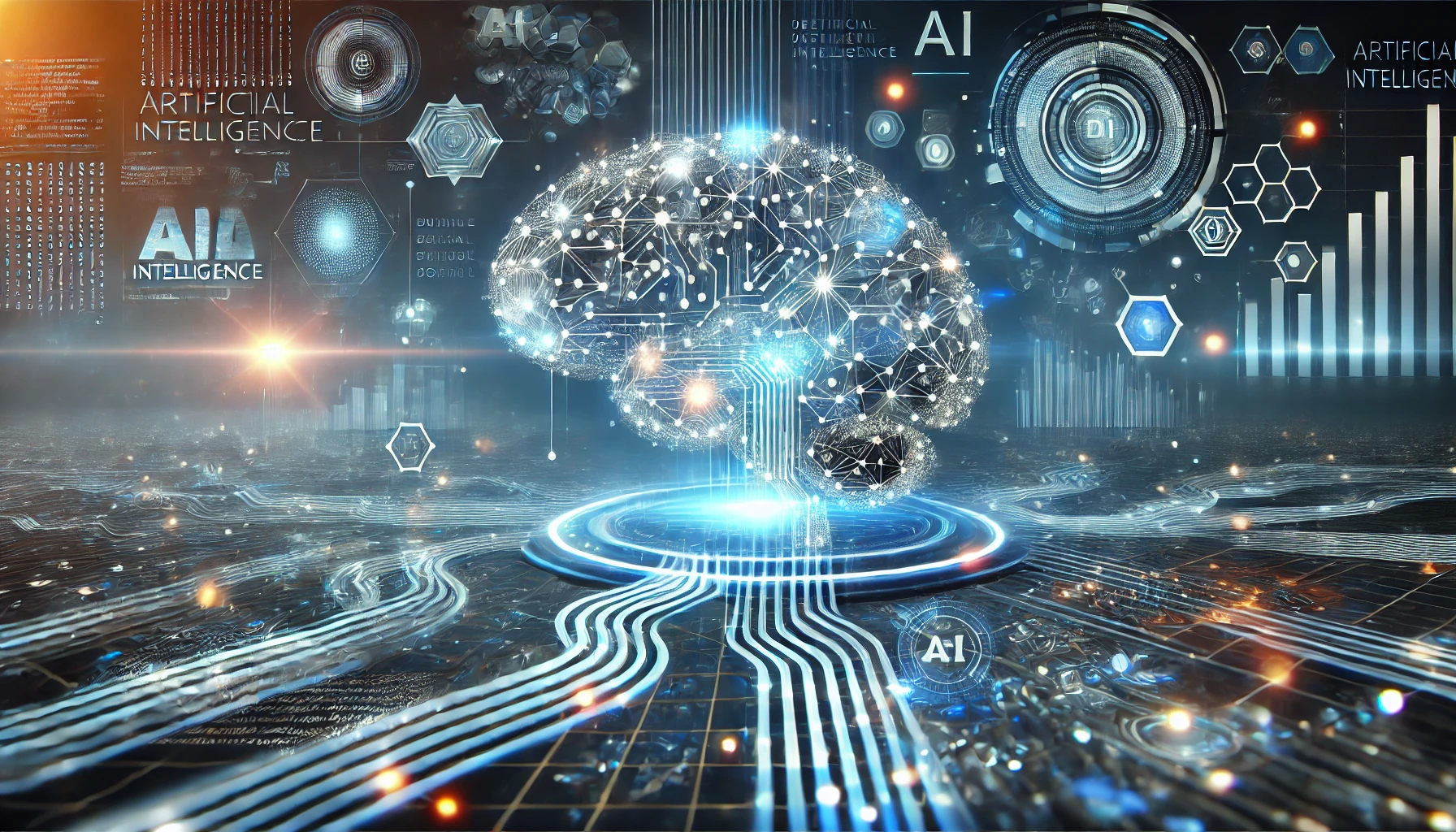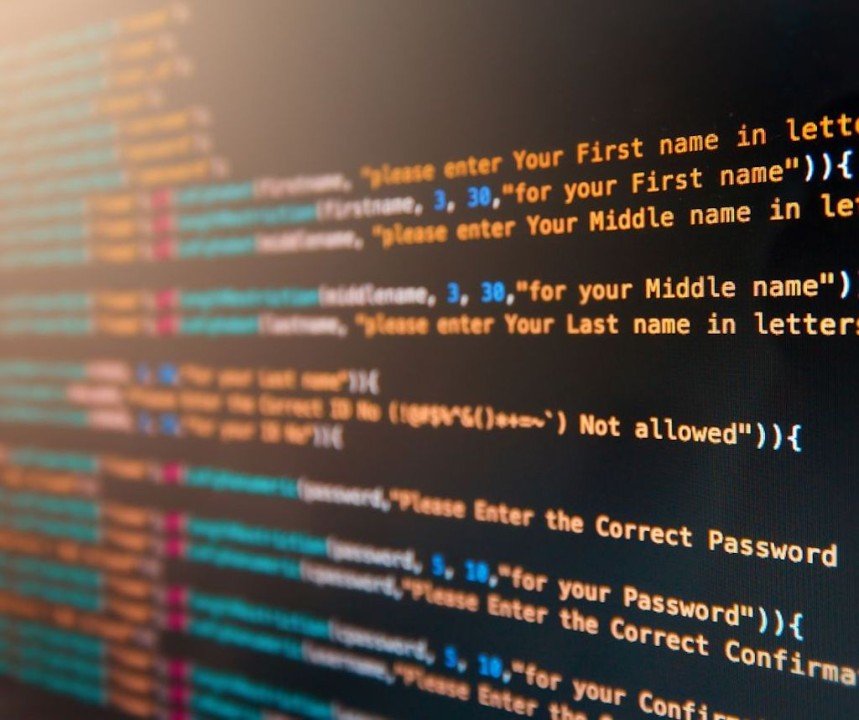The Dawn of a New Era in Digital Art
Imagine a world where you can transform a simple image into a fully interactive 3D model with just a few clicks. Sounds like sci-fi, right? But it’s not! This technology is already revolutionizing the way digital artists, graphic designers, and 3D modelers work. If you’re passionate about digital art, you won’t want to miss what we’re about to explore.
In this post, we’ll take a deep dive into how you can convert a 2D image to 3d model. We’ll cover the basics, the benefits, and the cutting-edge techniques that are redefining creative possibilities. Whether you’re a seasoned pro or a newbie, you’ll find something valuable here.
Why Convert Images to 3D Models?
1. Unlocking New Creative Possibilities
Creating a 3D model from a 2D image expands your creative toolkit. It’s like giving an artist more colors to paint with. Imagine turning your favorite sketch into a lifelike 3D sculpture. The possibilities are endless and utterly inspiring.
2. Saving Time and Effort
Manually creating 3D models from scratch can be painstakingly slow. By converting images to 3D models, you save countless hours. This efficiency isn’t just beneficial for large projects but also for quick iterations and prototyping.
3. Enhancing Realism in Projects
3D models bring a higher level of realism to your work. From gaming environments to virtual reality experiences, the depth and detail of 3D models can make your projects more immersive and engaging.
The Basic Steps of Image-to-3D Conversion
1. Choose the Right Software
Picking the right software is crucial. Each has its pros and cons, but all are capable of converting 2D images to 3D models effectively.
2. Import Your 2D Image
Once you have your software, the next step is to import your 2D image. This could be a photo, a sketch, or even a logo. The better the quality of the image, the better the final 3D model will be.
3. Use AI and Machine Learning
Many modern tools leverage AI and machine learning to assist in the conversion process. These technologies can automatically detect edges, textures, and other essential features, making the transformation smoother and more accurate.
Tips for a Successful Conversion
1. Start with High-Quality Images
The phrase “garbage in, garbage out” applies here. High-quality images yield high-quality 3D models. Ensure your image is high resolution and well-lit.
2. Pay Attention to Textures
Textures add realism to 3D models. Some software allows you to apply textures directly during the conversion process. Take advantage of this feature to enhance the final output.
3. Test Multiple Angles
Don’t rely on a single image. Use multiple angles to create a more detailed and accurate 3D model. This approach is especially useful for complex objects.
Applications in Various Fields
1. Gaming Industry
The gaming industry is perhaps the biggest beneficiary of this technology. Converting 2D sprites into 3D characters can make games more engaging and visually appealing.
2. Virtual Reality and Augmented Reality
VR and AR applications gain a new dimension (pun intended) with 3D models. Imagine an AR app that lets you visualize furniture in your home in 3D before buying it. Incredible, right?
3. Architecture and Interior Design
Architects and interior designers use this technology to create more realistic previews of their projects. Clients can walk through a 3D-rendered version of a building or room before it’s built.
The Role of AI in Image-to-3D Conversion
1. Accelerating the Process
AI algorithms drastically speed up the conversion process. What took hours or days can now be done in minutes. AI’s ability to learn and adapt makes it an invaluable tool in digital art.
2. Improving Accuracy
AI enhances the accuracy of 3D models. It can identify and correct errors that human eyes might miss. The result? Flawless models that are ready for immediate use.
3. Democratizing 3D Modeling
With the help of AI, even beginners can create professional-grade 3D models. This democratization is opening doors for more people to enter the field of digital art.
Best Practices for Beginners
1. Experiment and Learn
Don’t be afraid to experiment. The more you play around with different tools and techniques, the better you’ll understand what works best for you.
2. Join Online Communities
Online forums and communities can be incredibly helpful. Websites like Reddit, StackOverflow, and specialized art forums offer a wealth of knowledge and support.
3. Keep Up with Trends
Technology is always evolving. Keep an eye on the latest software updates, tools, and techniques to stay ahead of the curve.
The Future of Image-to-3D Technology
1. Integration with Other Technologies
Expect to see more integration with VR, AR, and even holography. This will open up new realms of creativity and practicality.
2. More User-Friendly Interfaces
User experience will continue to improve, making it easier for even non-experts to create stunning 3D models.
3. Increased Accessibility
As technology becomes more affordable, more people will have access to these powerful tools. This will democratize creativity and innovation even further.
The transition from 2D images to 3D models is not just a trend; it’s a monumental shift in the world of digital art. By leveraging this technology, you can unlock new creative possibilities, save time, and produce more realistic and engaging projects. Whether you’re a digital artist, graphic designer, or 3D modeler, the future is bright and full of opportunities.





